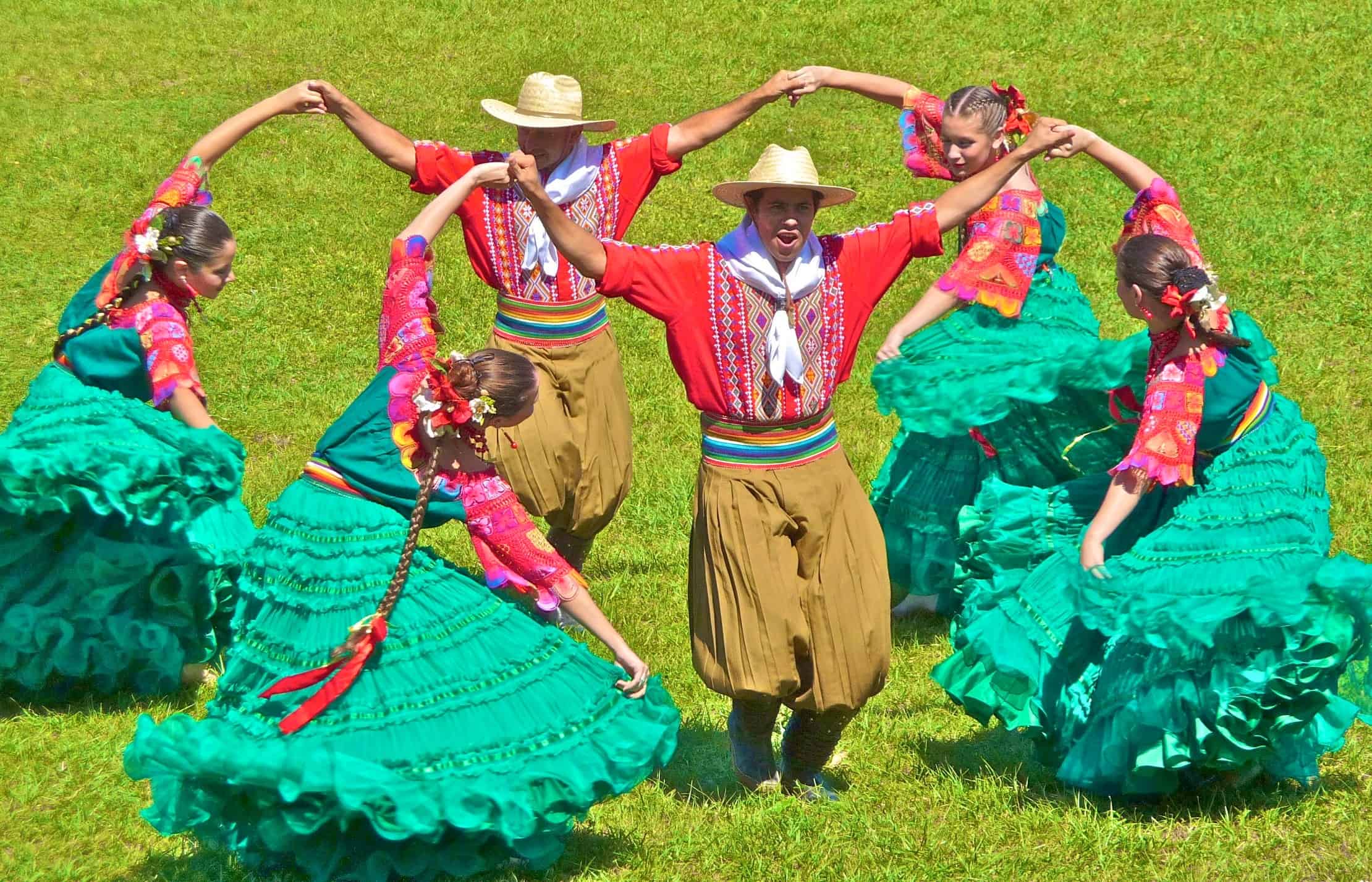Many travellers bypass the landlocked country of Paraguay for its larger and most famous neighbours of Brazil and Argentina, but to overlook Paraguay is to miss out on the country's cultural and historical charms. Internationally, little is known about Paraguayan history, but its beautiful historical sites represent everything from its days as a Spanish colony to the 20th-century structures that represent the country's march towards modernization. Some historical sites are easily accessible while other require traversing into the country's rugged landscape, but all are a worthy adventure.
Asuncion

Paraguay's own capital city is the perfect place to start devouring the history of the country. Founded by Spanish conquistadors in 1537, Asuncion is one of the oldest cities in Latin America. Although it no longer holds the reputation today, Asuncion was also one of South America's wealthiest cities for a time. As such, visitors can enjoy the architecture that was brought about by such prosperity. Visitors can explore the beautiful buildings like the Casa de la Independencia Museum (Paraguay's oldest building) and Palacio de los Lopez in the city's Calle Palma historical district or walk the ornate Baroque-style halls of Asuncion Cathedral or the glorious National Congress building further into the city's modern quarters.
Fort Boqueron and the Chaco
In 1932 when the rest of the world was watching hostilities in Europe with bated breath, Paraguay was fighting its own major war with Bolivia, referred to as the Chaco War. Fort Boqueron and the surrounding area, now referred to as the Chaco, was the site of one of the most pivotal battles of the war. In the summer of 1932, the fort was captured by invading Bolivians and Paraguayan Lieutenant Colonel Jose Felix Estibarriba besieged the fort later in the fall with 7,000 troops against 450 well-entrenched Bolivians. With supreme numbers, Estibarriba eventually recaptured the fort, but not without heavy losses. Today, visitors can explore the elaborate trench system in the fort that made Boqueron so easily defensible against invaders. Aside from scrambling through the trenches, walking the walls and viewing early Paraguayan weaponry from the period, visitors can also tour other artifacts from Paraguay's brief history with modern warfare in the museum.
The Reductions of Trinidad
Starting from the early 1600's, Paraguay has had a long history with missionary work. La Santisima Trinidad de Parana, a UNESCO World Heritage Site, is one of the most well-preserved Jesuit reductions, or settlements, left in the country. Although Trinidad is one of the last that remain standing, Jesuit reductions were built throughout the country. They served to not only proselytize native religions, but the Jesuits also worked tirelessly to liberate the native populace from Spanish slavery. Trinidad was built to help convert the local Guarani people, yet at the same time helped free them from the forced Spanish labour camps in the region. Today, visitors can enjoy the structures that feature religious motifs as well as art that incorporates both European and Guarani artistic influences into the design and decor. Although the trip takes several hours from Paraguay's capital or Asuncion, Trinidad remains one of the best examples of colonial architecture in the country.
The Petroglyphs of Cerro Cora National Park
While at first glance Cerro Cora National Park looks like just a beautiful nature reservation, the park actually holds some of Paraguay's most precious pre-colonial artifacts - petroglyphs. As the oldest form of creative expression, petroglyphs give a rare glimpse into native cultures that are either long gone or well assimilated into those that conquered them. Throughout the park, there are numerous rock shelters that feature a number of rudimentary animals and people painted onto the walls. In 2008, the National Museum and Research Centre of Altamira dated the oldest of these paintings at Cerro Acua to be around 5,000 years old. As the indigenous Pai Tavytera people used to live in this region, it is thought that it came from their earliest ancestors. Visitors can walk the park trails and enjoy its natural splendor, but park rangers also lead tours to all known petroglyph sites within Cerro Cora. The park rangers will also point out noted areas pertaining to the park's history as the final battlefield of the Paraguayan War in the late 1800s, which Paraguay lost to land (and 70% of its male population) to the Triple Alliance between Argentina, Brazil and Uruguay.

Filadelfia
For visitors that make the long, but beautiful drive westwards across Gran Chaco, they will come across the secluded and strange village of Filadelfia. This little town is strange by Paraguay's architectural standards as it looks like a suburb more akin to be found in Munich rather than South America. As the story goes, in 1930 a group of Mennonites fled Russia and it's increasingly restrictive Stalin regime for Germany. After Hitler and the Nazis started to cause similar tension for the Mennonites, they made an even more drastic migration to South America, eventually settling on the open plains of Paraguay. The country readily accepted the Mennonites who even helped build the Trans-Chaco Highway on which visitors still travel to visit the village. Today, visitors can still hear both German and Russian spoken among the residents, most of who are descendants of the original settlers, as well as spot the glaring European influences in the architecture.
Have you been to Paraguay? What was your favourite thing about it?
Let us know - comment below!


